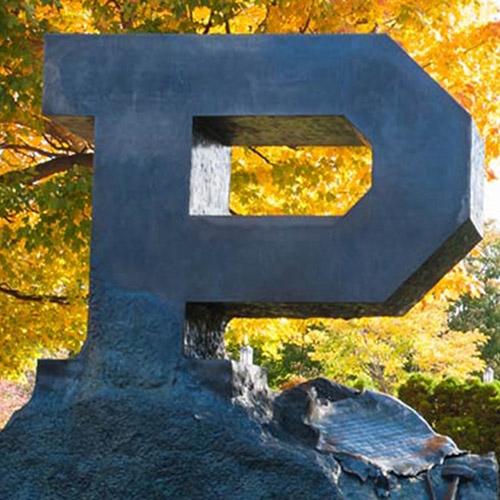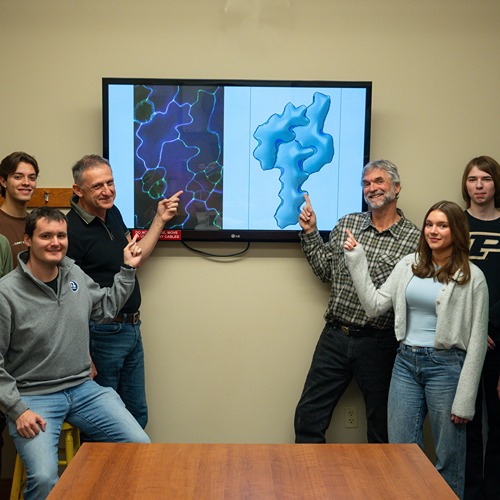Studying how salmonella hitches a ride on cockroaches
Ahhh, what’s summer without the scent of meat sizzling on the grill, tables with bowls of fruit and veggie trays, and food safety reminders to help us avoid bacteria like salmonella? Undercooked meats and unwashed veggies are common culprits, but insects like cockroaches can also transmit salmonella through contact with food or preparation surfaces.
This public health risk may be even more significant than individual cases of salmonella. Jose Pietri, the O. Wayne Rollins/Orkin Endowed Chair in Urban Entomology in the Department of Entomology, is studying German cockroaches (Blattella germanica) to explore how salmonella colonize a cockroach’s gut and then potentially evolve. He’s examining these biological mechanisms with funding from the National Institute of Health’s National Institute of Allergy and Infectious Diseases.
In one project, Pietri is examining how a specific variant of salmonella, Salmonella enterica serovar Typhimurium, colonizes a cockroach’s gut, establishing a long-lived, reproducing population. Some of the questions he’s exploring, he said, include, “What are the bacteria doing to interact with the cockroach? What do they have to do to the environment to survive and persist in that host?”
Scientists long thought that cockroach transfer of salmonella was simply mechanical — where a cockroach picks up the bacteria and passively disperses it into the environment or directly onto a person, without the bacteria reproducing.
“The way that cockroaches transmit salmonella is largely through their feces,” Pietri explained. “They eat all sorts of things, which can include other fecal matter. Then they defecate in various parts of the environment, infesting kitchens or food preparation areas, exuding salmonella everywhere, which can contaminate food or drinks, and then people ingest that.”
Initial work in Pietri’s lab, however, indicated that salmonella does replicate in the cockroach gut, and that specific salmonella genes are required for the bacteria to survive there. He wants to understand how this colonization process works, and in a second project, how the bacteria might evolve in contact with other microbes in the cockroach.
“Even though some of those other bacteria that are in the cockroach gut naturally are not species that can make us sick, it’s been found that a lot of them actually have resistance to antimicrobials that are used clinically, and they’ve naturally acquired this just throughout their own evolution,” Pietri said.
Bacteria can mate and exchange genetic material or pick up genetic material from simply being in the same environment. If bacteria resistant to antimicrobial treatment share an environment with salmonella, they could potentially transfer that genetic trait to salmonella. That resistance could then get passed to humans who come into contact with salmonella dispersed by cockroaches.
“What that would mean is that these insects could be contributing to the evolution of human pathogens in a way that makes them more difficult to treat,” Pietri said. “A cockroach could basically serve as a kind of reservoir environment for a pathogen to pick up antimicrobial resistance.”
Medical microbiologists are studying the ongoing evolution of bacteria, concerned that in the future, many drugs used to treat human infection may become ineffective. With the second project, Pietri and his lab members will examine if salmonella develop this antimicrobial resistance, how frequently, and the mechanism by which it occurs.
Pietri is studying German cockroaches because they’re the most common species associated with inside structures like restaurants, apartments, homes and offices. If his research shows that cockroaches are an underappreciated reservoir for antimicrobial resistance, “We want to be taking a look more seriously at getting rid of infestations, treating them not just as a nuisance or minor issue, but as something that has wider scoping public health implications,” Pietri said.
This research is a part of Purdue’s presidential One Health initiative, which involves research at the intersection of human, animal and plant health and well-being.






